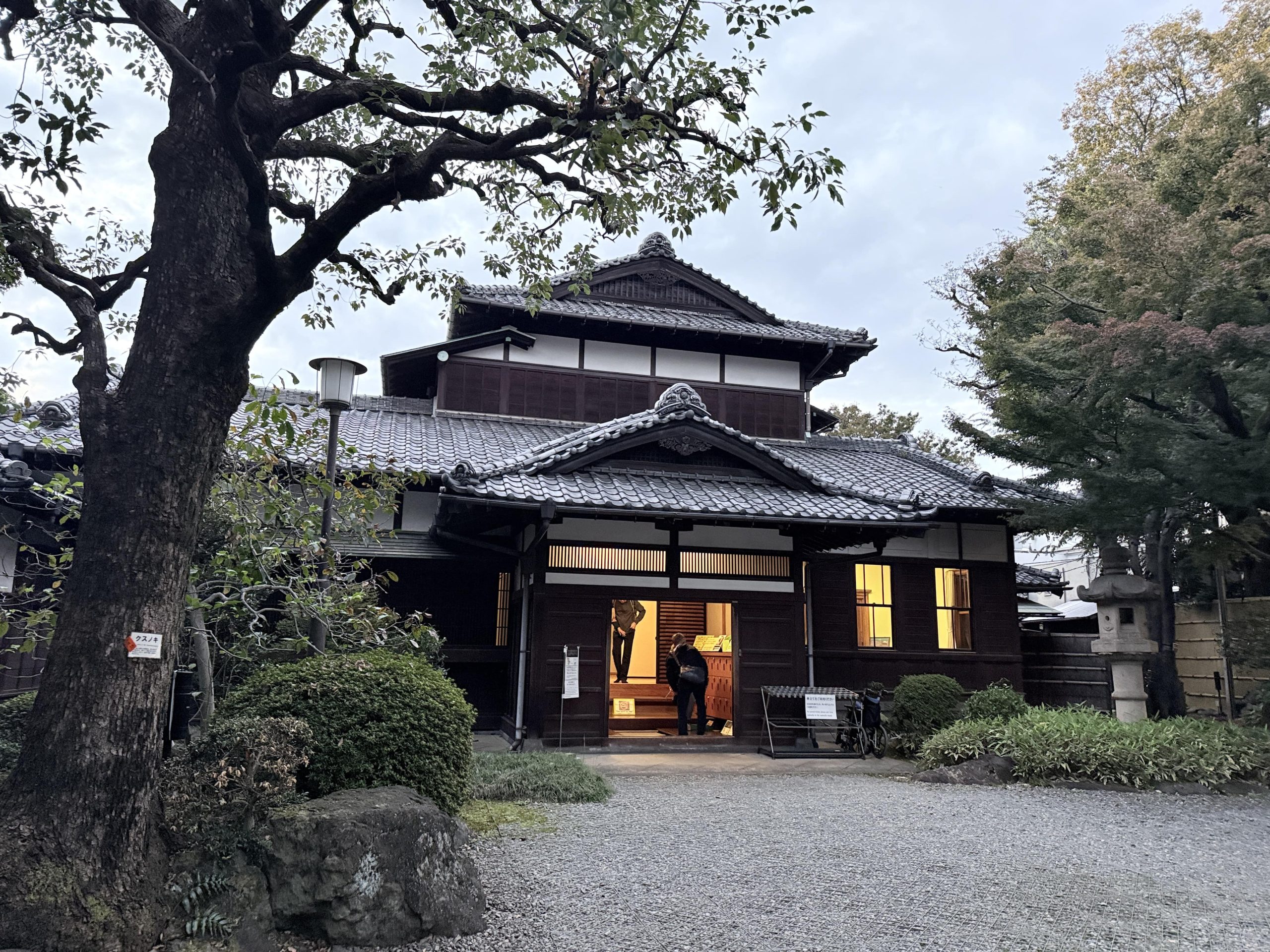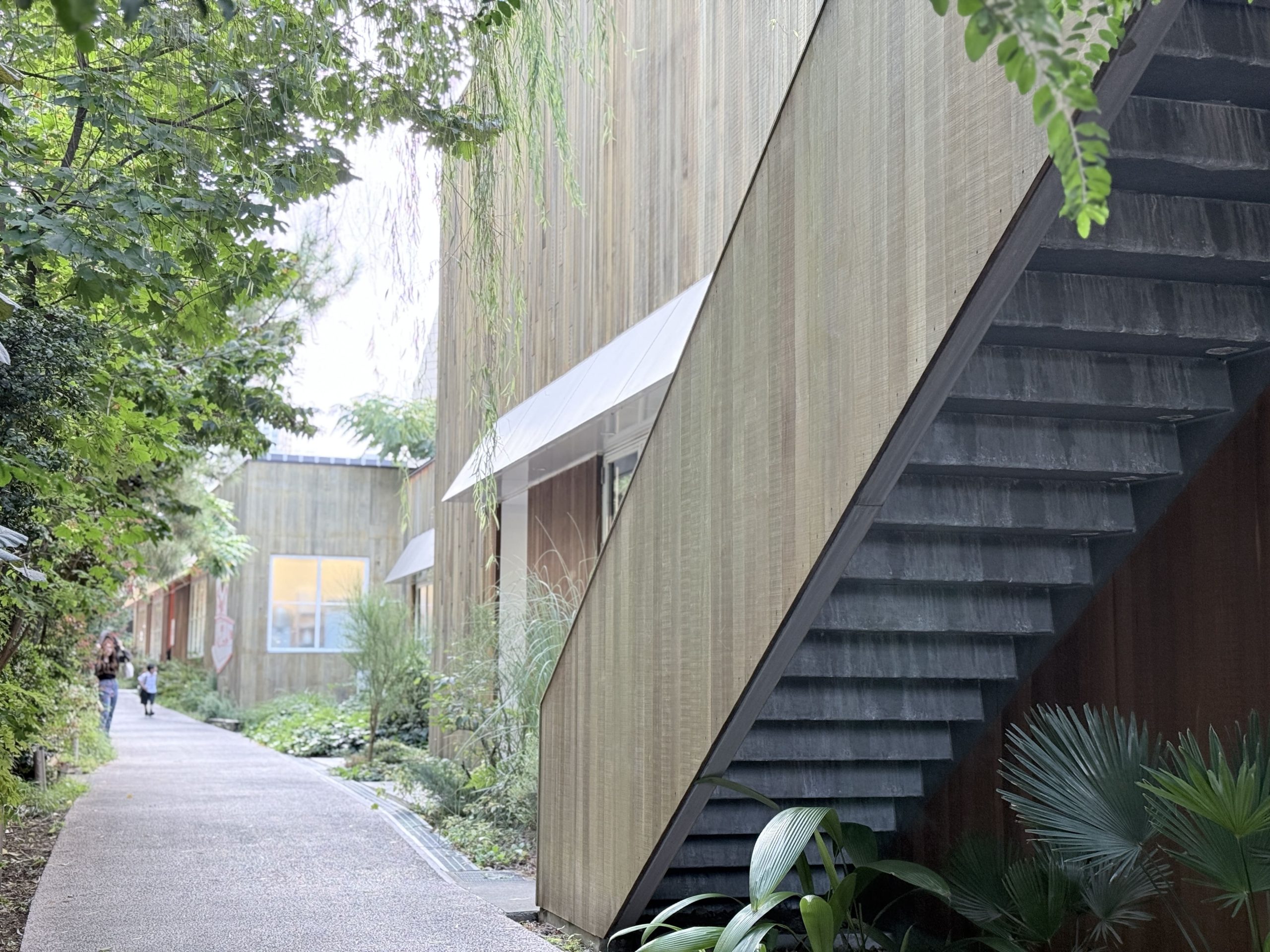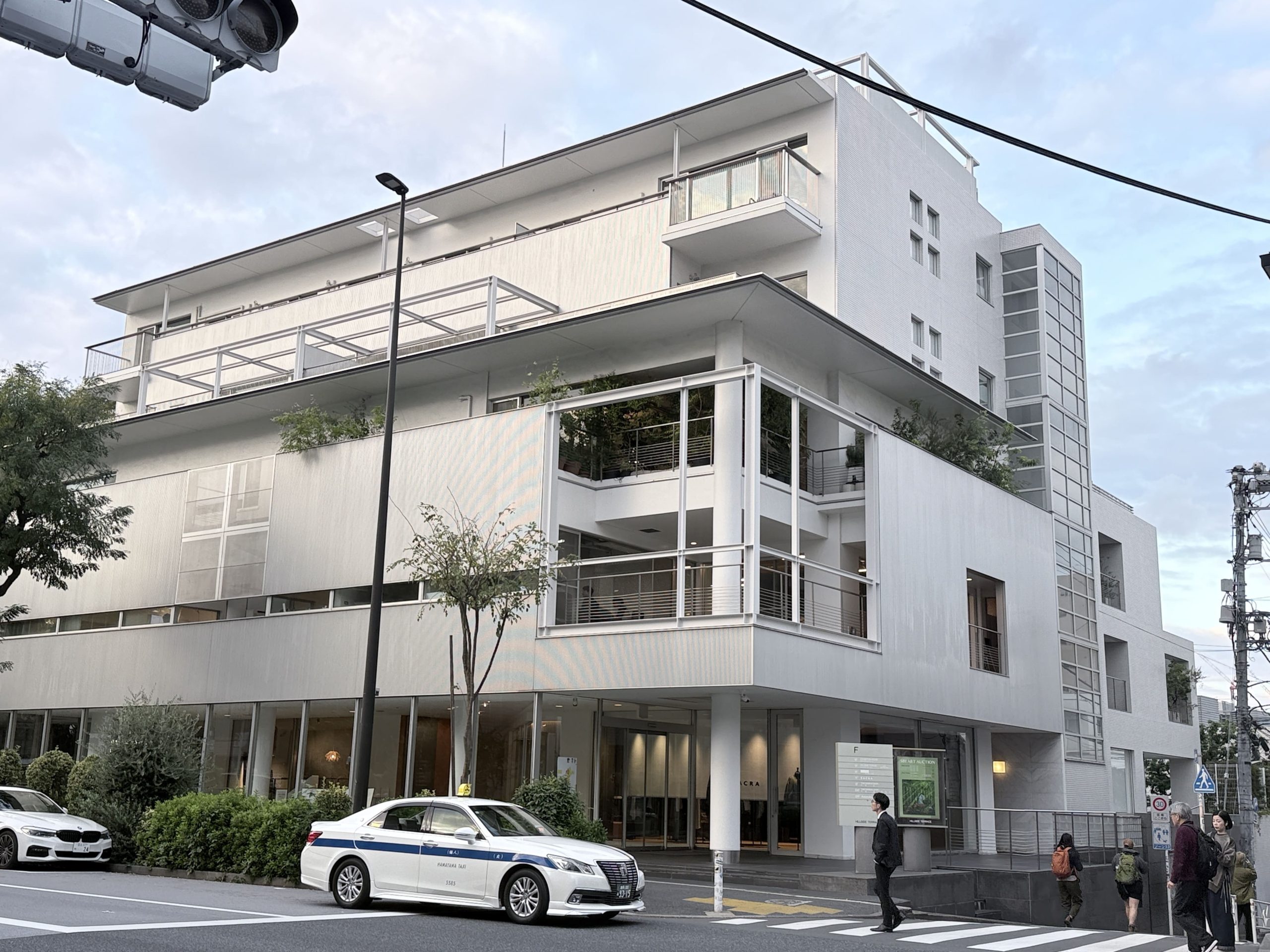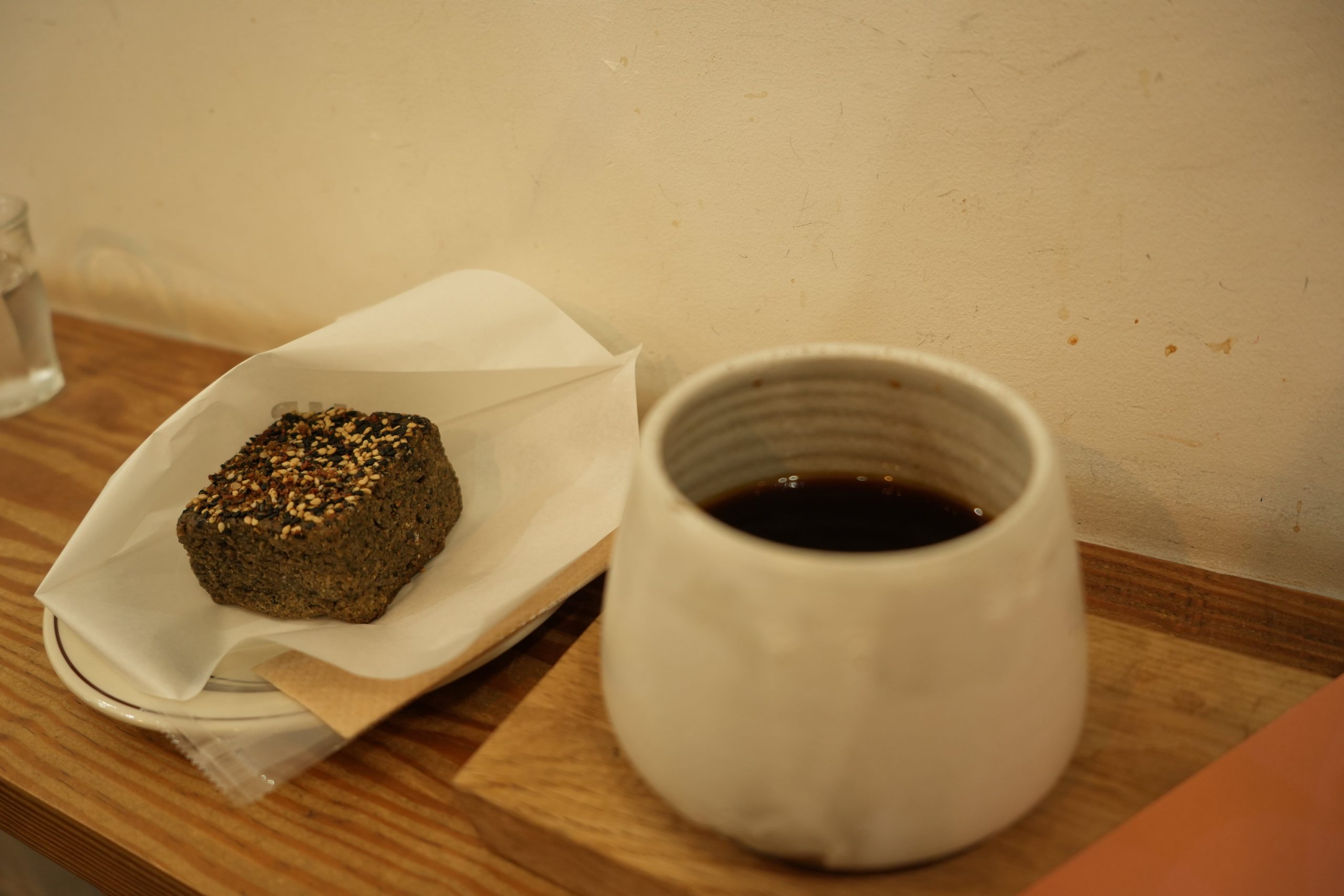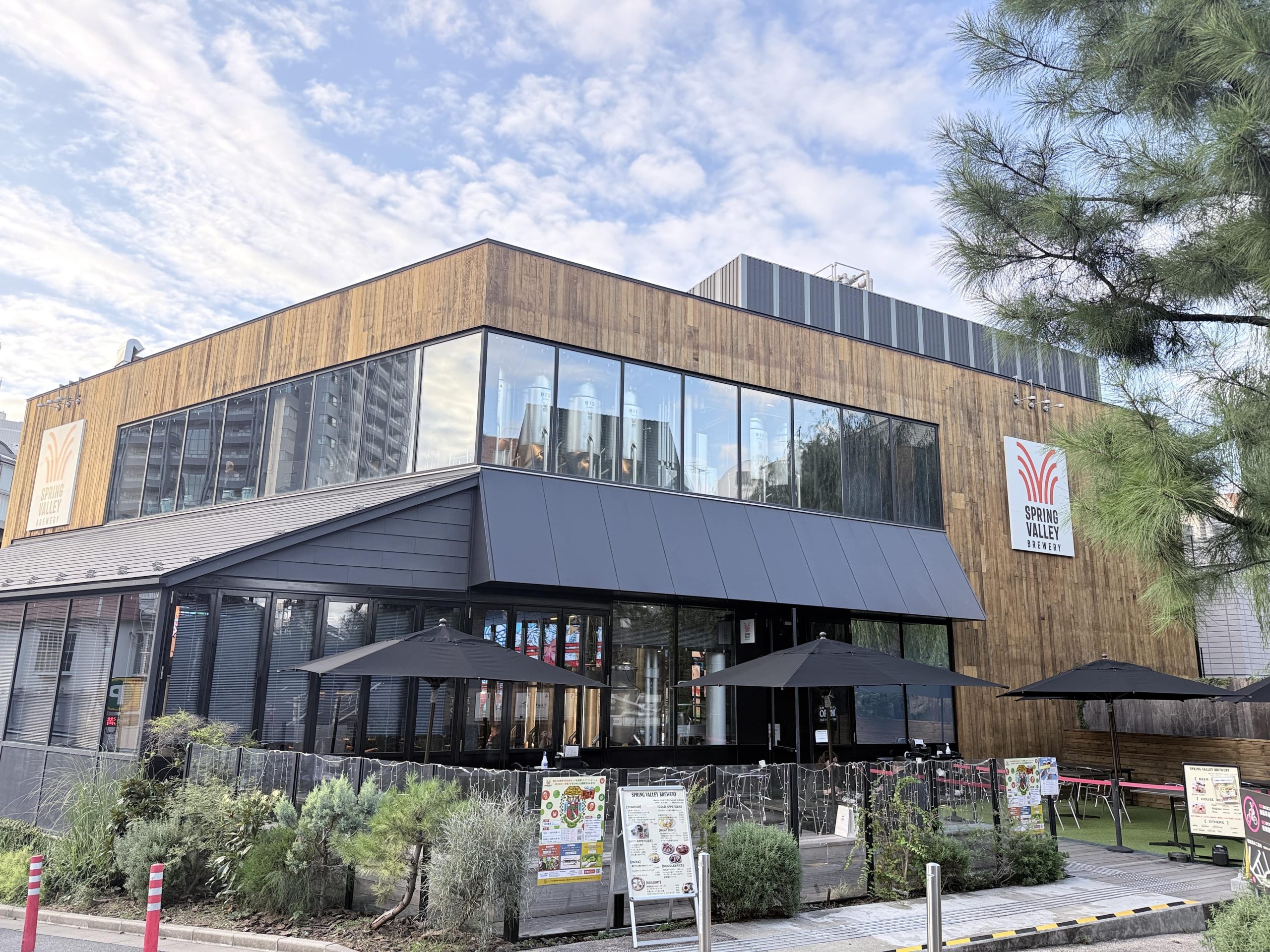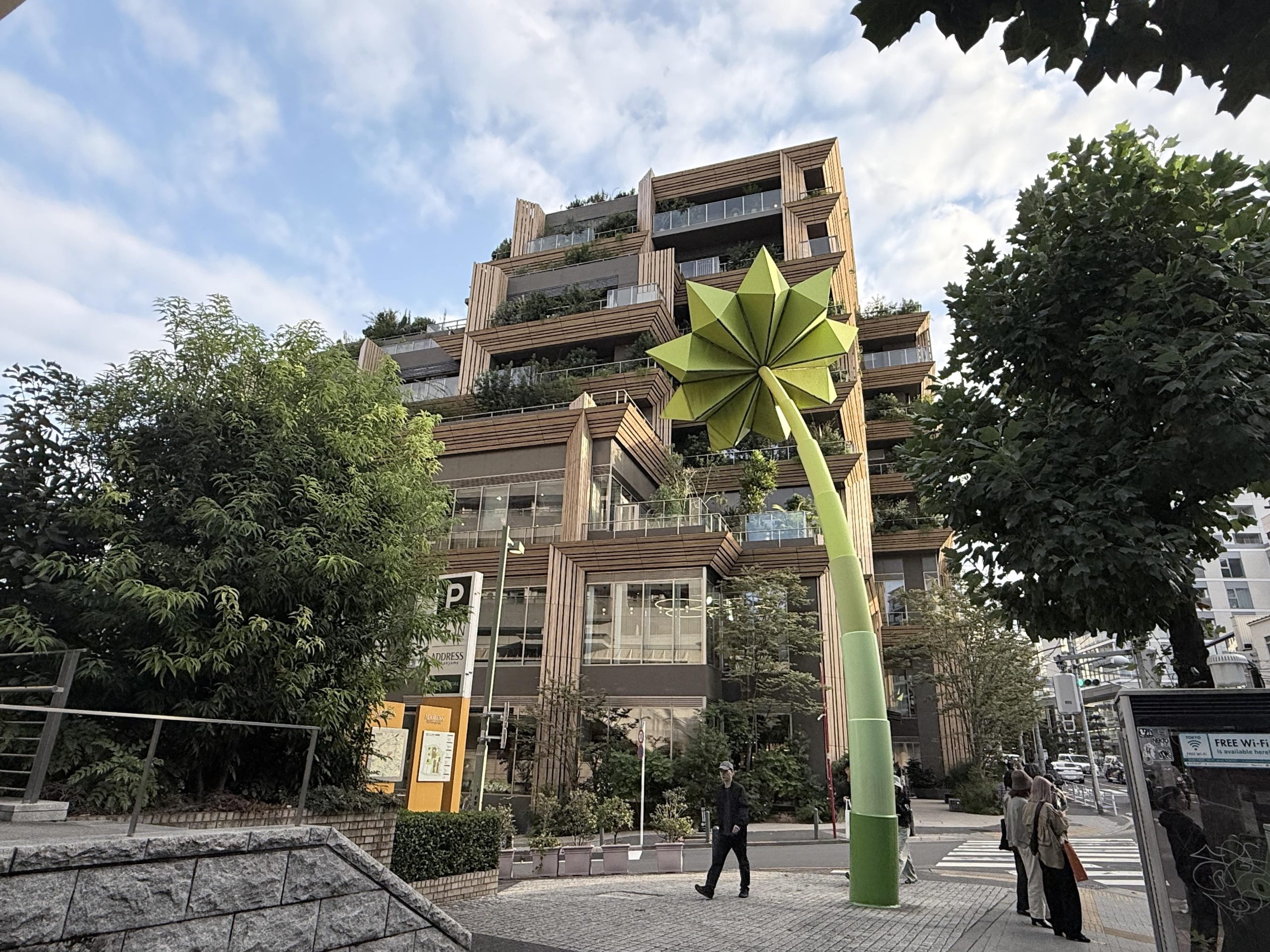Daikanyama Guide: Cafes, Boutiques, and Strolls in Tokyo’s Hidden Gem
A Day in Daikanyama: Tokyo’s Chic, Laid-Back Neighbourhood
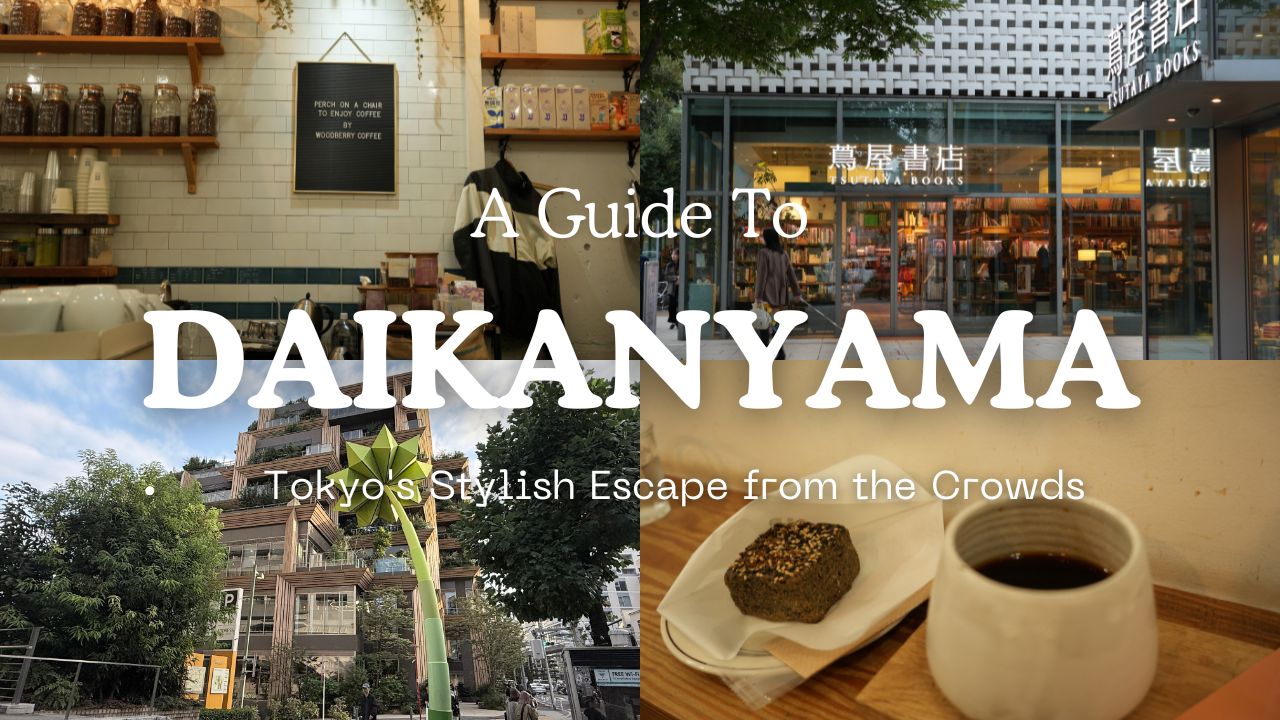
Tired of Tokyo’s tourist traps and crowded chaos? Daikanyama (代官山) offers a serene escape. A neighbourhood where minimalist architecture, independent boutiques, and slow cafe culture create a refined rhythm of city life. Often called Tokyo’s Brooklyn, it blends creativity, design, and calm sophistication like nowhere else. Discover Daikanyama’s secret story with this Ultimate Daikanyama Guide, including insider tips and a curated one-day itinerary designed by local experts to help you experience the true soul of Tokyo’s most stylish district.
Why Daikanyama? The Soul of a Tokyo Neighbourhood
Daikanyama offers a relaxed, stylish escape from Shibuya’s bustle, inviting visitors into a “slow travel” experience focused on design, culture, and local life. More than just a fashionable district, it consistently ranks among Tokyo’s happiest and most livable neighbourhoods, embodying a deliberate, tranquil alternative to the city’s relentless pace.
From “Magistrate’s Hill” to “Tokyo’s Brooklyn”
Ever wonder how a neighbourhood gets its soul? Daikanyama’s name literally translates to “Magistrate’s Hill”, a nod to its historical roots. But its modern identity was forged by artists and designers seeking a creative haven. As travel guides often note, this evolution earned it the nickname “the Brooklyn of Tokyo”. It’s a fitting comparison, capturing the blend of independent fashion, high-end design, and a low-rise, intimate streetscape that feels a world away from the city’s towering commercial centers.
The Art of Slow Travel: What Makes Daikanyama Different
The real magic of Daikanyama lies in its pacing. While neighbouring Shibuya buzzes with frantic energy, Daikanyama invites you to slow down. This is the essence of “slow travel”. It’s a place for leisurely strolls, for lingering over a coffee, for discovering a hidden gallery down a quiet side street. The experience is not about ticking off a checklist but about immersing yourself in a calmer, more curated side of Tokyo. It’s a welcome break from the city’s high-rises, offering a chance to breathe and simply be.
Must-Visit Spots in Daikanyama
1. Daikanyama T-Site (Tsutaya Books)
Daikanyama T-Site is a cultural and architectural heart of Daikanyama, and it is not an ordinary bookstore you’ve ever known as it’s a destination in itself. Designed by Klein Dytham Architecture with the concept of “A Library in the Woods,” its three interconnected buildings are a masterpiece of modern design. Go beyond just taking a photo. Spend an hour browsing the unparalleled collection of art and design books, listen to vintage vinyl at the music concierge desk, and enjoy a coffee at the Anjin Lounge upstairs, surrounded by rare magazines. To truly appreciate its serene design, visit on a weekday morning.
2. Kyu Asakura House
To understand Daikanyama’s present, you must appreciate its past. Kyu Asakura House (The Former Asakura Residence), a beautifully preserved mansion from the Taisho era (1919), is a designated Important Cultural Property. It offers a rare, tranquil glimpse into the life of a wealthy Tokyo family a century ago. For a nominal fee of 100 yen, you can wander through the elegant tatami rooms, admire the intricate woodwork, and, most importantly, find a moment of peace in its stunning traditional Japanese garden, which is a true oasis of calm. According to the official Shibuya City website, the house is typically closed on Mondays.
3. Log Road Daikanyama
Log Road Daikanyama is a brilliant example of thoughtful urban renewal. Built on the former tracks of the Tokyu Toyoko railway line, Log Road is a beautiful open-air promenade lined with cedar-clad, cottage-like shops and abundant greenery. It perfectly embodies Daikanyama’s connection to nature and human-scaled design. Stroll the entire length of the path to appreciate how the design integrates with the landscape. It’s an ideal spot for a casual lunch or a craft beer at the popular Spring Valley Brewery.
4. Hillside Terrace
Hillside Terrace is the architectural soul of the neighborhood. Designed by Pritzker Prize-winning architect Fumihiko Maki, this multi-phase complex was built over 30 years, and its evolution is intertwined with Daikanyama’s own. It’s a masterclass in creating intimate public spaces. Explore its courtyards, small galleries, and unique shops. Pay attention to how the buildings create a sense of calm and discovery, a stark contrast to a typical shopping mall.
Your Curated One-Day Daikanyama Itinerary: A Walkable Route
Morning (10am— 1pm): Coffee, Culture & Quiet Strolls
Begin your day as the neighbourhood awakens. The morning air here is calm, perfect for easing into exploration. Start your journey with a specialty coffee at a stylish spot like Perch by Woodberry Coffee Roasters. With caffeine in hand, wander along the main artery, Kyu-Yamate-dori, and don’t be afraid to get lost in its quieter backstreets. This is the ideal time to browse the unique boutiques and small galleries. Be sure to see Hillside Terrace, an iconic architectural complex that has defined the area’s sophisticated atmosphere for decades.
To experience the true soul of this neighbourhood, visit on a weekday morning. You’ll witness its authentic, quiet rhythm before the weekend crowds arrive. The quiet buzz of shop owners preparing for the day and locals enjoying a coffee is the real Daikanyama with an atmosphere you simply can’t find during a busy weekend.
Afternoon (1pm— 4pm): Architecture, History & Green Spaces
The afternoon is for immersing yourself in the landmarks that give Daikanyama its character. For lunch, I recommend Spring Valley Brewery within the unique Log Road Daikanyama complex, an open-air space built on a former railway line. Afterwards, make your way to the neighbourhood’s centerpiece: Daikanyama T-Site. To cap off the afternoon, take a short stroll to the Kyu Asakura House, offering a tranquil step back in time. For a small fee of 100 yen, you can explore its traditional tatami rooms and peaceful garden.
Evening (4pm onwards): Cocktails, Cuisine & Local Vibe
As daylight fades, Daikanyama reveals a more intimate, sophisticated side. Transition to the evening with a visit to the Anjin Lounge on the second floor of T-Site. Surrounded by rare vintage magazines, it’s a perfect setting for a well-crafted cocktail. For dinner, bypass the obvious choices and seek out a hidden gem like Daikanyama Panda, known for its cozy atmosphere. The evening is a time to reflect on the day’s leisurely pace and enjoy the neighbourhood’s refined, lived-in atmosphere.
Mastering the Local Vibe: An Insider’s Guide to Etiquette & Evolution
To truly enjoy Daikanyama, be mindful of its residential nature by keeping noise levels low, and don’t miss seeing its future evolution at “Forestgate Daikanyama”, a new sustainable complex by architect Kengo Kuma that pushes forward the neighborhood’s design legacy.
The Art of Co-existence: A Note on Local Etiquette
If you only remember one thing, make it this: Daikanyama is a home before it’s a tourist destination. The absence of noisy shopping malls is a deliberate part of its charm. When you walk through the quieter residential streets, please be mindful of your volume. A respectful tone is part of the cultural experience here. It’s a simple gesture that shows you’re not just a visitor, but a guest in this beautiful community.
Witnessing the Future: Kengo Kuma’s Forestgate Daikanyama
Daikanyama isn’t a museum, it’s a living, evolving showcase of Tokyo’s urban future. At Forestgate Daikanyama, a stunning new complex designed by world-renowned architect Kengo Kuma, you’re not just seeing a building, but you’re experiencing a blueprint for a sustainable, human-scaled Tokyo. Every corner thoughtfully weaves wood and greenery, reflecting Kuma’s commitment to the circular economy and eco-conscious design. Visiting here is witnessing his philosophy come alive, a deliberate statement about the city’s future. Forestgate reaffirms why Daikanyama has long been, and will continue to be, at the forefront of Tokyo’s cutting-edge design scene.
Practicalities & FAQ
Get quick, expert answers to common questions for planning your visit, such as how to get to Daikanyama and how it compares to other neighborhoods.
How to Get to Daikanyama
The neighbourhood is incredibly accessible. The most direct way is Daikanyama Station via the Tokyu Toyoko Line from Shibuya Station, which is just one stop and takes about 2–3 minutes. Alternatively, it’s a pleasant walk, under 10 minutes from Ebisu Station or about 15 minutes from Shibuya Station.
Is Daikanyama worth visiting?
Yes, absolutely, especially if you are a design-conscious traveller who appreciates architecture, art, and a more relaxed atmosphere. If you’re looking for an escape from the crowds and a chance to experience a sophisticated, creative side of Tokyo, Daikanyama is an unmissable destination.
What are the shop and cafe hours?
Most independent shops and cafes in Daikanyama typically open around 10:00 or 11:00 a.m. and close by 8:00 p.m. A key exception is the Daikanyama T-Site bookstore, which has extended hours and is open from 7:00 a.m. until 10:00 p.m., making it a great option for an early morning or evening visit.
Daikanyama vs. Nakameguro vs. Shimokitazawa: What’s the difference?
Think of them this way: Daikanyama is for polished design and quiet sophistication. Nakameguro is for relaxed, waterside charm, especially during cherry blossom season. Shimokitazawa is for vintage finds, live music, and a youthful, bohemian energy. Choose based on your mood for the day.
Your Daikanyama Story Awaits
Daikanyama is more than a collection of stylish shops and cafes. It’s a living, breathing case study in thoughtful urban design, a testament to the idea that cities can be built for people first. It rewards the curious traveller who is willing to look beyond the surface and discover the story written into its very streets. I’ve shared its history, a plan for your day, and a glimpse into its future. Now, it’s your turn to go and create your own Daikanyama story.
And the exploration doesn’t have to stop in Daikanyama. The beauty of this area is its connectivity to other fascinating neighbourhoods, each with its own unique character. Let Daikanyama be your starting point for discovering the rich, diverse tapestry of Tokyo.
- If you enjoyed the relaxed, creative vibe, a short walk will take you to Nakameguro. It’s famous for its picturesque canal lined with cherry trees and trendy cafes.
- For a slightly more energetic but equally sophisticated evening, head to Ebisu, known for its excellent restaurants and the charming Yebisu Garden Place.
- Inspired by Daikanyama’s blend of design and nature? You might also love the Nezu Museum in Omotesando, which offers a similar experience of architectural brilliance and tranquil gardens.
Related Tokyo Travel Guides
- Best Things to Do in Tokyo
- Best Things to Do in Shibuya
- What to Buy in Tokyo
- Best Time to Visit Tokyo
Written by
"The world is my oyster." As a dedicated globetrotter and hammock enthusiast, I’ve spent years chasing new experiences, collecting stories, and discovering the world’s most incredible destinations. Born and raised in Japan, I’ve always had a deep connection to my roots, but my love for adventure has led me to spend over a decade exploring countries across the globe—from culture-rich cities to remote hideaways.
Travel isn't just a hobby for me; it's a lifestyle. I'm constantly searching for new ways to fuel my wanderlust. Over the years, I’ve developed a wealth of knowledge and a treasure trove of tips that make traveling more enjoyable, practical, and meaningful.
Through my experiences, I've come to appreciate not only the beauty of travel but also the importance of understanding diverse cultures, embracing the unfamiliar, and stepping out of my comfort zone. My travels have shaped who I am today, and I’m excited to share those lessons with others.
With Japan Web Magazine, I aim to offer practical advice, insider tips, and firsthand stories that help travelers navigate their journeys to Japan or setting off on a global adventure. From hidden gems in Japan to travel hacks that make any trip smoother, I hope my insights inspire you to embark on your own adventures and make the most of every moment. Let’s explore the world together!
You can also find my stories here ▶ https://medium.com/@nahobm






